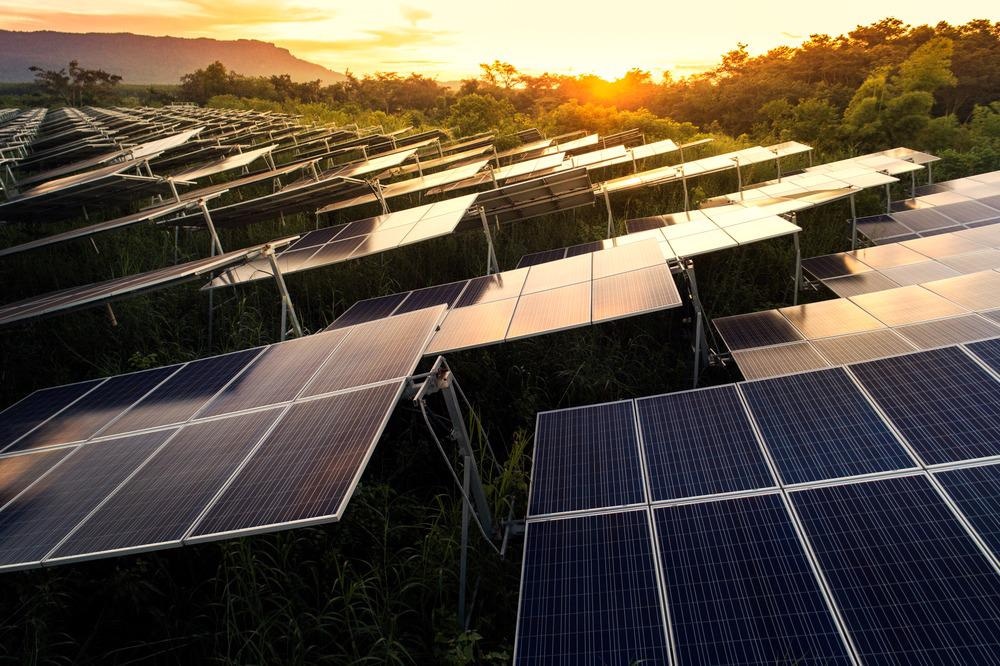Jan 26 2021
Perovskite/silicon tandem solar cells carry a huge potential to transform the global solar industry. This potential originates from a significant improvement in the performance of silicon solar cells on the same footprint and thus enabling a cost reduction and lower the carbon footprint.

Image Credit: Thongsuk Atiwannakul/Shutterstock.com
While this technology is being prepared for the market entrance, researchers from King Abdullah University of Science & Technology (KAUST) performed outdoor tests to understand the real-world performance of monolithic perovskite/silicon tandems. The team chose the test location since “hot and sunny climates”, typical for the Arabian peninsula, are an ideal location for the deployment of such high-performance solar cells and found that the devices in the field routinely reach temperatures exceeding 50 °C. This temperature change has significant consequences on the device design since the highest performance can be achieved at the current-matching condition of each subcell in monolithic tandems, which requires a careful bandgap (Eg) optimization.
So far, to achieve the highest efficiency, the ideal bandgap for the perovskite top cells have been reported as 1.73 eV considering the standard test conditions (STC, i.e., AM1.5G spectrum, 1000 W/m2, 25 °C). Dr. Erkan Aydin said that “However, this situation changes under actual operational conditions since the solar cell reaches higher temperatures. Luckily, the bandgap of perovskites can be tuned by manipulating its composition, allows to create an ideal band gap values on the top cell.”
To find the answer to this question, Dr. Erkan Aydin and Dr. Thomas Allen, and colleagues in KAUST Photovoltaics Laboratory (KPV-Lab) have fabricated efficient, two-terminal monolithic perovskite-silicon tandem solar cells with industry viable techniques and tested them outdoors after encapsulating the cells. The team realized that the temperature dependence of both the silicon and perovskite bandgaps—which follow opposing trends—shift the current-matching-optimization point away from that for two-terminal tandems under standard test conditions.
Dr. Erkan Aydin said that, “Our findings reveals that the ideal bandgap of the perovskite cell for optimal device performance should be lower than previously thought.”
As an example, optimal perovskite bandgap energy at standard test conditions is <1.68 eV for field performance at operational temperatures greater than 55 °C. Such lower-bandgap perovskites are known to be much more stable. The team’s finding, which came out in Nature Energy, (https://doi.org/10.1038/s41560-020-00687-4) could hold great promise for the commercialization of perovskite-silicon tandem solar cells.
Their findings indicate that bromide-lean perovskite top cells, with narrower bandgaps at standard test conditions, are potentially the best way forward to boost the efficiency of conventional silicon solar cells.